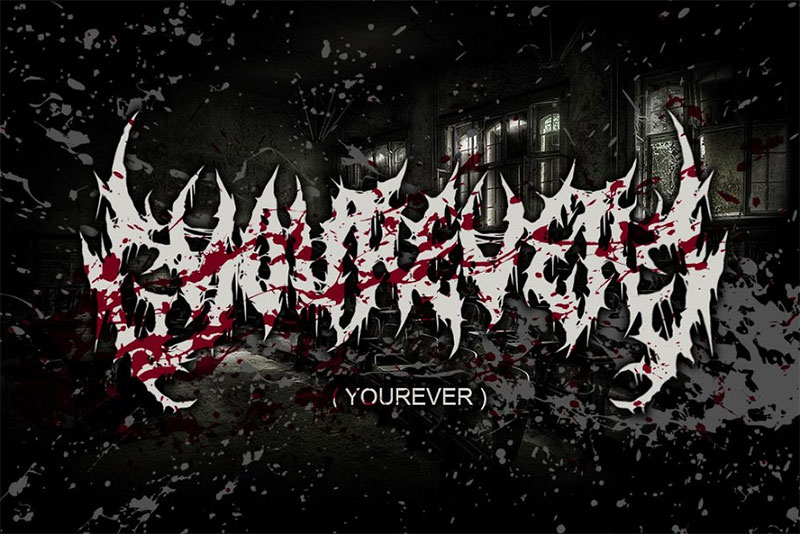

Obsessed with death, he buried his stage clothes for days, allowing them to rot before wearing them he brought a dead crow to rehearsal he wore face paint on stage, which he called corpse-paint. Hearing Mayhem needed a singer, the Swedish vocalist had sent a cassette to their PO box, along with a dead mouse attached to a cross. Four years earlier, Pelle Ohlin had arrived in Norway. You could travel within it.” Dolk says it was “a way to express your inner demons”. “It sounds like evil, ranting demons laying waste to a snowy Scandinavian forest.” Eriksen says black metal “was atmospheric, with a deeper approach than what the death metal scene was doing. “Black metal is a wonderful subgenre with a very specific style,” says author Jason Arnopp, whose 1993 cover story for Kerrang! brought the scene global attention. Darkthrone’s album Transilvanian Hunger, recorded on a four-track tape recorder, was, frontman Fenriz said, intended to sound “dead fuckin’ cold” it sounds alien. When Vikernes, as Burzum, made his debut album, he asked the producer to give him the worst microphone he had. The more primitive the production, the better. They pioneered an unforgiving sound: demonic wails hostile, pulsating riffs a trance-inducing wall of noise. Mayhem declared themselves satanists, not because they worshipped the devil, but because the creed promoted individualism, riled Christians – and got attention. Norwegians are an introverted kind of people.” The starkness and coldness of Norway itself is embedded in the bones of Norwegian black metal. We needed to have something to be opposite to.” Eriksen says he was never political, but “always kind of a lone wolf.

“Christianity never suited Norway,” says Dolk, founder of the band Kampfar. Myriad belief systems underpinned the movement, from paganism to Aarseth’s fervent communism, but Christianity was public enemy No 1. Mayhem and the growing Norwegian black metal scene distinguished themselves by railing against religion. Photograph: Publicity image from film company Mayhem, formed in 1984 in Oslo, by Aarseth, bassist Jørn Stubberud (AKA Necrobutcher) and drummer Kjetil Manheim, set the gauntlet on fire. “And the whole punk thing, but playing it fast, which really wasn’t what metal was about back then.” That, along with Quorthon’s raspy wailing and satanic lyrics, threw down a gauntlet. “The sound we created was a mix of what we liked,” says Åkerlund. From 1983 to 1984, he was the drummer in the Swedish band Bathory, who were a major influence on Norwegian black metal, not that he takes any credit for that, heaping praise on the band’s singer Quorthon. A director of music videos for Beyoncé, Madonna and Lady Gaga, among others, this is his fourth film, and his most personal. Åkerlund wants the film to have an impact. It is bruising and brutal – when it screened at the London film festival last November, a man vomited, a woman fainted and an ambulance was summoned. This month sees the release of Lords of Chaos, director Jonas Åkerlund’s intense dramatisation of events, focusing on the friendship and fatal rift between Aarseth (played by Rory Culkin) and Vikernes (Emory Cohen). Norwegian black metal, though, is inseparable from its history.


 0 kommentar(er)
0 kommentar(er)
